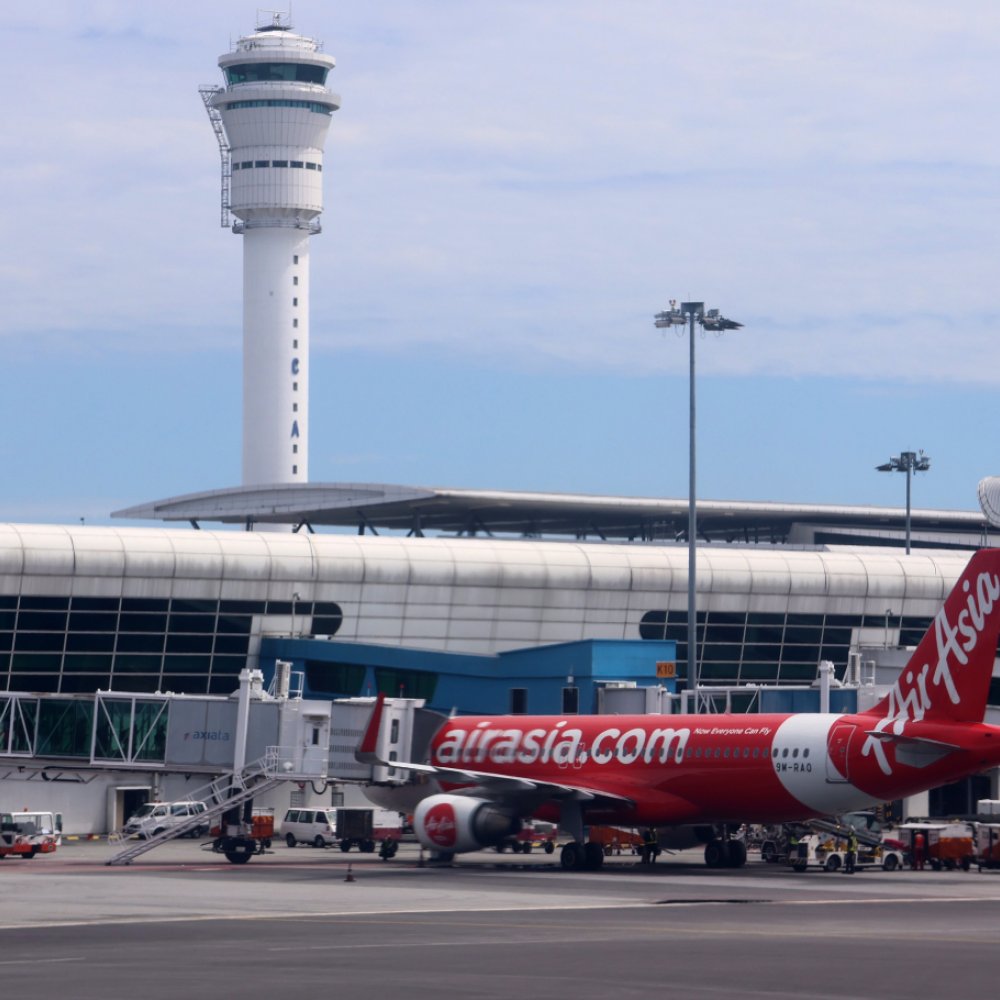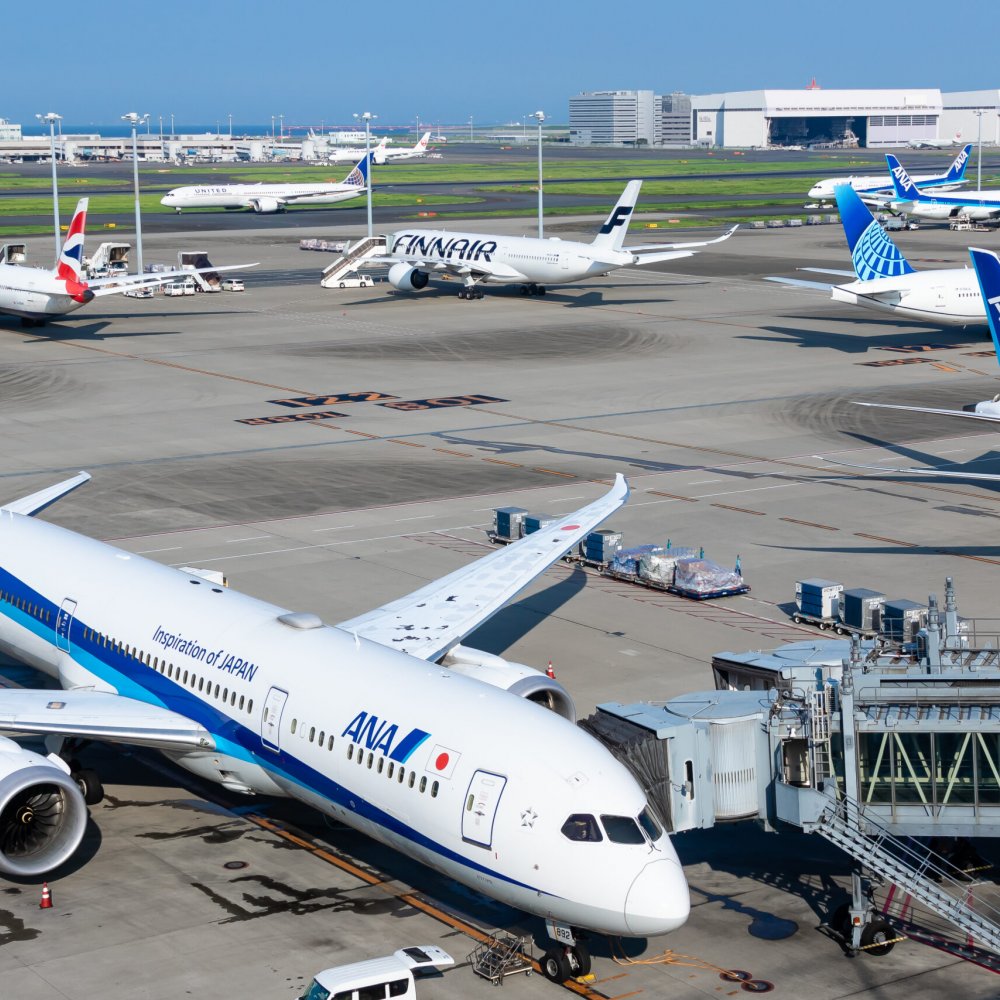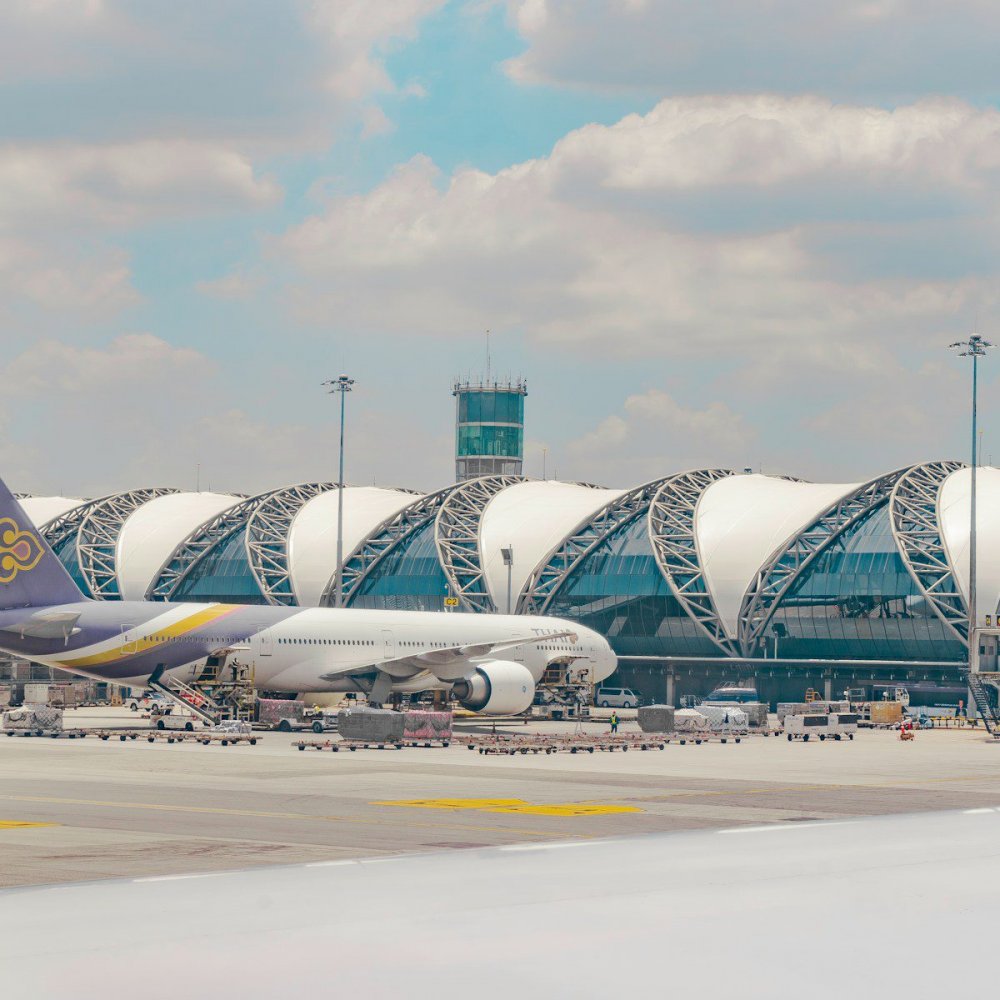Picture this: it’s early morning in Singapore, and you’re standing by your hotel window watching the city shimmer as it wakes. Your bag is packed, travel documents ready, your mind alternates between excitement and a brief spike of anxiety. The clock ticks, your flight is steadily approaching departure, and the pressing question is: how to get to Changi Intl Airport, SG? You want the transfer to be smooth, efficient, and within budget. The city’s intricate transport options—from gleaming taxis gliding through the streets, to the efficient Mass Rapid Transit (MRT) system, and reliable bus routes—offer a choice for every traveller. When I last landed at Changi Intl Airport, SG, the effortless glide through the terminals contrasted sharply with my pre-journey worries. The key to stress-free travel is nailing your transfer plan in advance. Whether you’re stepping out from the buzzing Marina Bay Sands area or a quiet nook in Little India, the journeys to Changi reflect Singapore’s blend of modern precision and cultural richness. This guide will escort you through your options in a clear, confident way — arming you to choose the best route that suits your timing, budget, and comfort needs.

Why Plan Your Airport Transfer?
Booking or preparing how to get to Changi Intl Airport, SG ahead isn’t just about avoiding last-minute panic—it also means securing the best fare, the shortest journey, and reduced risk of missing your flight. Singapore’s compact size and stellar transport can lure you into believing every option is equally quick or easy to navigate. However, peak hours, traffic conditions, or even the seemingly endless choice of transport modes can throw curveballs. For instance, a taxi to Changi Intl Airport, SG might sound quick, but when roads congest around Orchard Road during commute peaks, consider alternatives like the MRT that bypass traffic entirely.
Furthermore, being informed means you can tap into money-saving opportunities, stay alert to night surcharges, and understand luggage policies on public transport. Whether you are savvy with the city’s MRT routes or are chancing your first bus to Changi Intl Airport, SG, planning helps you rest easy. The last thing you want is to feel rushed or overwhelmed on departure day. When I last planned my trip, choosing a shared shuttle saved me almost 20 SGD and avoided the busy taxi queues. For families, elderly travellers, or group bookings, pre-planning can mean something as simple as finding a dedicated shuttle or shuttle bus - making the journey seamless. No matter your style, you’ll thank yourself for investing time in mapping your journey.
Price & Time Grid: Your Options at a Glance
| Transport Mode | Single Fare (SGD) | Return Fare (SGD) | Journey Time | First Service | Last Service | Night Surcharge |
|---|---|---|---|---|---|---|
| Taxi | 20–35 | N/A | 15–30 mins | 24/7 | 24/7 | Yes (17:00–00:00) |
| Rideshare | 18–32 | N/A | 15–30 mins | 24/7 | 24/7 | Variable surge pricing |
| Rail (MRT) | 2–3 | 4–6 | 30–40 mins | 05:30 | 00:00 | No |
| Express Bus | 9–12 | 18–24 | 40–50 mins | 06:00 | 22:00 | No |
| Local Bus | 2–3 | 4–6 | 50–70 mins | 05:30 | 23:30 | No |
The table makes it clear—if time is your priority, a taxi or rideshare from city centre to Changi Intl Airport, SG offers the quickest journey, but expect peak-hour surcharges and potential weekend price surges. The MRT keeps fares low and reliable but takes a little longer. Express buses strike a balance for budget travellers prioritising luggage space without the long haul of local buses, which can take more than an hour. Carefully weigh these factors to fit your trip style and timing.
Step-by-Step Guide for Each Mode
Taxi
- Call a reputable booking centre or use taxi apps like ComfortDelGro or GrabTaxi to pre-book or hail instantly.
- Confirm driver and vehicle details to avoid scams, especially when hiking to/from airport limits.
- Provide your hotel or current address clearly and specify the terminal (1–4).
- Prepare cash or card; note night surcharges apply between 5pm and midnight.
- Track your estimated journey time on your phone apps to stay informed of traffic conditions.
- Tip optionally; Singapore taxis generally do not expect tipping but rounds up fares.
Rideshare
- Download a rideshare app such as Grab or Gojek with an active internet connection.
- Set your pick-up point accurately—note app’s GPS can occasionally misplace indoor locations.
- Choose “Economy” or “Premium” rides; confirm vehicle type and estimated fare.
- Communicate with your driver through app messaging for smoother pick-up.
- Check for surge pricing around peak hours or during rain, adjusting timing or opting to wait if possible.
- Credit cards linked to the app ease payment; cash remains an option but less common.
Rail
- Locate the nearest MRT station with access to the East West Line and then transfer to Changi Airport MRT station.
- Purchase a Singapore Tourist Pass or use an EZ-Link card to tap on and off.
- Follow clear signs for transfers; the journey includes transfer at Tanah Merah Station to the Changi branch.
- Keep track of train frequency—every 10–15 minutes; trains cease around midnight.
- Store luggage in overhead racks, mindful of peak-hour crowding.
Bus
- Identify the bus route serving Changi from your locality—Express Bus service 36 operates from the CBD.
- Use a Touch ‘n Go card or purchase single-journey tickets on board (exact change needed for local buses).
- Allow extra time—traffic delays can extend journeys during peak hours.
- Board at designated stops; express buses offer more direct routes and comfortable seating.
- Check bus schedules beforehand; late-night options are limited.
Returning a Rental Car
- Top up the fuel tank to the level noted in your rental agreement; petrol stations are clearly marked on approach roads.
- Follow directional signage to the rental car returns located near Terminal 1’s basement parking or Terminal 4’s dedicated lot.
- Park in the designated rental area and complete any paperwork with the rental desk, observing operating hours.
- If after hours, use the drop-box to leave keys and final documents securely.
- Take the free shuttle bus from the car park drop-off area to the Departures hall (follow signs for shuttle stops).
- Confirm your rental return via app or text message if your provider offers this service for peace of mind.
- Check any post-return charges carefully; keep copies of your paperwork to avoid surprises (Hertz, March 2025).
Money-Saving Hacks
- Book taxi rides in advance during peak hours to avoid surcharges dynamically triggered by traffic.
- Use MRT unlimited-day passes if planning multiple journeys around Singapore in addition to your airport trip.
- Share rides (GrabShare) when travelling solo to split costs without compromising comfort.
- Check if your hotel offers airport shuttle services; often complimentary or low cost.
- Bring own luggage trolley or use lightweight bags to avoid excess baggage fees on public transport.
Peak-Hour vs Off-Peak Travel Times
Singapore’s regular office hours and school terms mean traffic shows distinct morning and evening peaks, typically 7–9am and 5–7pm. Planning to catch a taxi or rideshare to Changi Intl Airport, SG during these windows could bump your travel time from 15 minutes to up to 45, especially if you’re departing from central business districts like Raffles Place. Conversely, travelling off-peak in mid-morning or late evening often reduces costs and stress, with smoother traffic flow allowing the taxi or rideshare option to shine.
During these busy periods, many travellers find the Changi Intl Airport, SG train a reliable alternative. The MRT system bypasses surface traffic but expect some crowding at interchange stations. If you’re rolling a lot of luggage, travelling purple line during rush hour might become uncomfortable, so timing your departure around these peaks is advised.

Accessibility & Luggage Factors
Whether you’re wheeling a large suitcase or have mobility needs, not all transport modes offer equal convenience. Taxis and rideshares are top choices for door-to-door service with ample trunk space, capable drivers accustomed to airport runs, and often with wheelchair-accessible options on request. The MRT stations at Changi are fully wheelchair accessible, but transferring stations like Tanah Merah require some walking; elevators and escalators ease this, but can be busy. Buses generally allow folding mobility devices on board but can get cramped, especially during peak hours.
When taking a bus to Changi Intl Airport, SG, be mindful that some routes limit oversized luggage during busy times—check restrictions in advance. For families with prams, the MRT provides the smoothest transfer experience. Singapore’s transport authority continuously upgrades accessibility features, but advance planning remains best to avoid last-minute hurdles. If you’re returning a rental car at Changi Intl Airport, SG, accessible signage and dedicated parking spaces near terminals assist travellers with disabilities.
Carbon-Smart Alternatives
Eco-conscious travellers have new ways to minimise their impact on Singapore’s urban environment. Several hotels and third-party providers operate shared shuttle vans, which consolidate passengers and reduce carbon emissions per capita compared to individual taxis or rideshares. Bike-and-ride enthusiasts can cycle to nearby MRT stations as the city supports bike parking and rental services, then hop on the train to Changi Intl Airport, SG.
Park-and-ride options near MRT lines on the city fringes let you leave your vehicle safely and take public transit the rest of the way, cutting down on fuel and congestion near the airport. These choices may take slightly longer but represent a greener footprint, supporting Singapore’s sustainability goals announced in recent urban transport policies.
Sample 08:00 Flight Timeline
- T-12 hours (20:00 prior day): Check in online and print boarding passes or download to your device.
- T-4 hours (04:00): Pack final items, organise your documents, and set alarms to leave on time.
- T-2 hours (06:00): Depart for Changi Intl Airport, SG based on your chosen mode (allowing extra time for peak traffic if taking taxi or rideshare).
- T-0 (08:00): Arrive at airport, pass through security and immigration, ready to board swiftly.
Hidden Pitfalls & Local Quirks
Singapore’s transport system is efficient but has a few quirks worth knowing to avoid unpleasant surprises.
- Strike Days: Although rare, public transport strikes or taxi driver protests can disrupt schedules—check news or MRT apps for alerts prior to travel.
- Cash-Only Buses: Some local bus routes prefer cash payments with exact fares; keep small change handy in case your card is glitchy.
- Motorway Tolls: Taxis and rental cars passing through certain expressways incur toll charges; verify with your driver or rental company on extra fees applicable.
Eight Mistakes Travellers Make
- Underestimating journey time during rush hour, leading to stressful last-minute sprints.
- Failing to specify the correct terminal when booking taxis or rideshares, causing delays.
- Ignoring night surcharges and surge pricing, ending up with surprisingly high fares.
- Carrying excess luggage on MRT or buses without checking size restrictions.
- Not downloading or topping up transport cards before starting the journey.
- Skipping trip planning altogether and assuming transport options are interchangeable at any hour.
- Overlooking shuttle services provided by rental companies when returning vehicles.
- Neglecting to confirm accessibility options if mobility or special assistance needs exist.
Frequently Asked Questions
Is taking a taxi or rideshare faster than the MRT to Changi Intl Airport?
Typically yes, especially outside peak congestion times. Taxis and rideshares offer direct routes without transfers, but during peak hours, the MRT's consistent schedule can sometimes be quicker.
Are there overnight public transport options to the airport?
MRT services stop around midnight. Taxis, rideshares, and some bus routes operate 24/7 or late into the night, but always check schedules ahead if travelling very early or late.
Can I use my contactless bank card directly on MRT and buses?
Yes, Singapore’s transit system accepts contactless bank cards and mobile payment platforms, but tourist passes or EZ-Link cards often offer better fares for frequent trips.
Where do I find shuttle buses after returning a rental car at Changi?
Rental car return centres have shuttle stops clearly marked. Staff often guide you to the nearest stop for free transfers to the terminals.
Call to Action
Now that you’re equipped to master how to get to Changi Intl Airport, SG, share your personal experiences or questions in the comments below. Don’t forget to subscribe for more insider travel tips and updates tailored to Singapore’s ever-evolving transport landscape—your next worry-free airport journey starts here!






